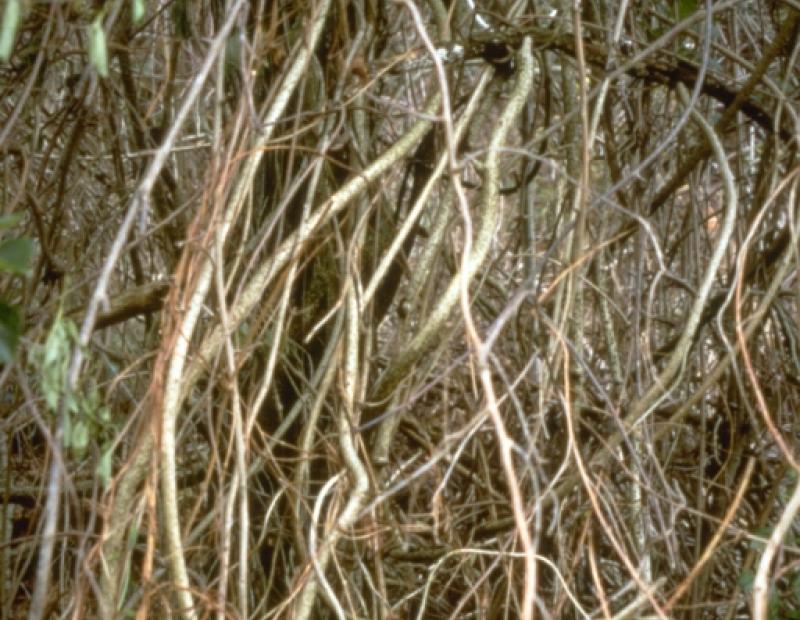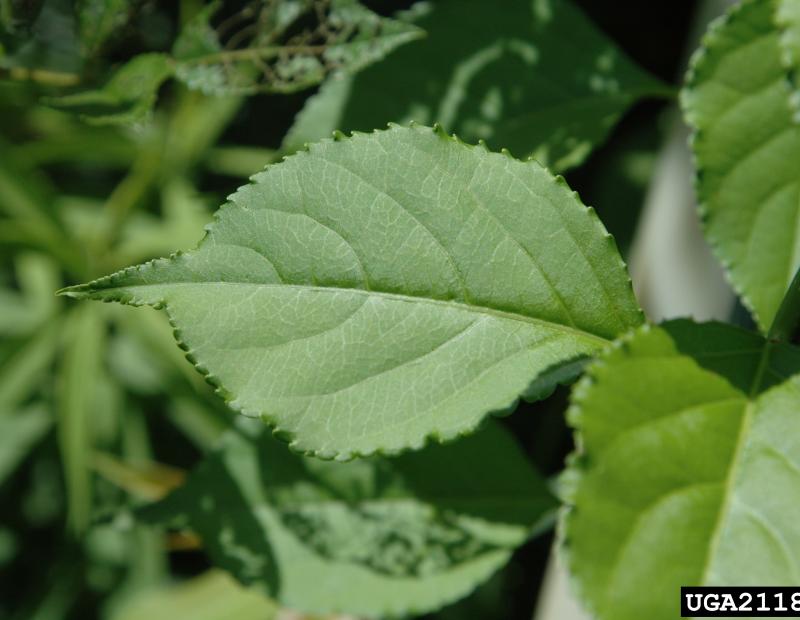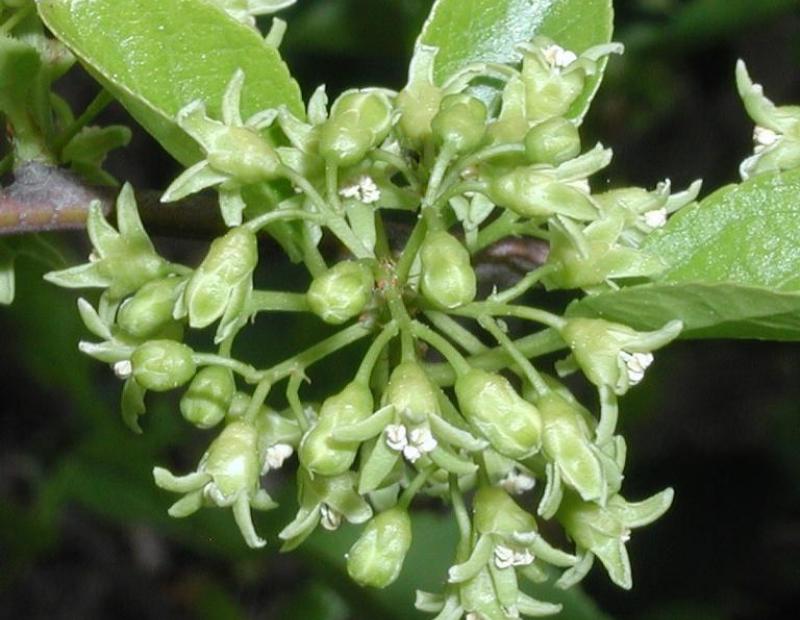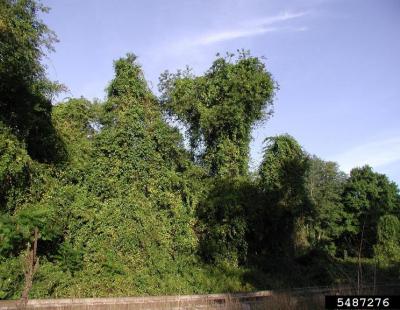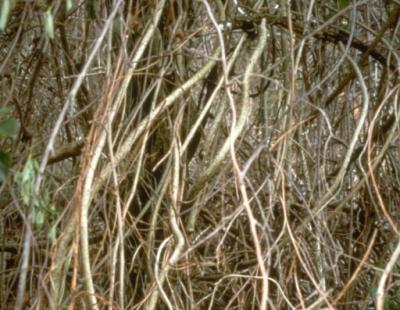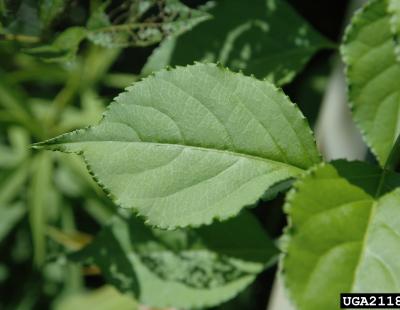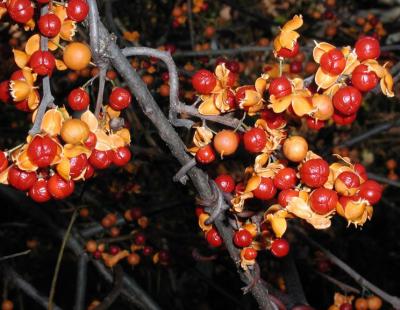- Terrestrial Plants
- Vine
Oriental bittersweet can grow in a wide range of environments. The species are very well adapted to a variety of environments, especially in disturbed areas. They use a 'sit and wait' invasion strategy to succeed in challenging locations. Bittersweet can survive in low shade area, but once there is a disturbance, natural or human-caused, it grows rapidly with sunlight and takes over forest canopies within three to four growing seasons. In this manner, the vine is very aggressive and threatens nearly all vegetation by monopolizing sunlight and preventing other plants from photosynthesizing. It kills plants by girdling them as they grow, removing bark around the trees that they grow on. The weight of this vine increases its likelihood of uprooting other plants as it grows. Bittersweet has also been observed to specifically displace native climbing bittersweet, as both species occupy the same niche. The fruits are appetizing to native birds, which further facilitates dispersal. Failure to control populations can lead to severe forest degradation.
Oriental bittersweet is native to Eastern Asia, Korea and Japan. It was introduced to the United States in the 1860's. It was brought over as an ornamental for its very attractive fruit, and was also used to help erosion control. Since its original foundation in the United States, it It is a prevelant invasive plant and occurs prominently in the Northeast, and has established populations from New York to North Carolina and as far west as Illinois.
The oriental bittersweet is a well-adapted perennial vine or trailing shrub. The vine climbs tree trunks using spiny projections along its stems and its leaf scars also lodge in the tree bark to allow it to climb. The light brown stems grow 2-4 inches in diameter and grow up to 59 ft. in length. They have 2-5 inch glossy, rounded, leaves that are alternately arranged along the stems. The white to greenish flowers they produce tend to bloom in clusters from May to June. The fruits ripen in September and remain on the vine through a good length of the winter.
Oriental bittersweet is widespread throughout the Lower Hudson region, and is considered a New York prohibited plant and may not be sold, imported, purchased, transported, introduced or propagated in the state. The species thrives in forest edges, woodlands, early succession fields, hedgerows, coastal areas, salt marshes, and are especially prevalent in areas with land disturbance.


